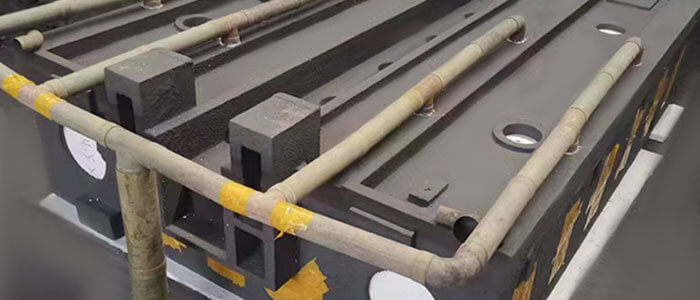Introduction:
In foundry operations, the distinction between sprue and runner systems is paramount in shaping the quality and efficiency of casting processes. Let’s explore the nuanced disparities between sprues and runners in casting systems to unveil their indispensable roles in metal shaping.
1. Structural Variances:
- Sprue: The sprue, often vertical, acts as the main channel that facilitates the initial flow of molten metal from the pouring basin into the mold. It serves as the gateway through which metal enters the mold cavity, setting the stage for the casting process.
- Runner: In contrast, runners are horizontal or angled channels branching off from the sprue, guiding the metal flow within the mold cavity. These secondary pathways ensure the uniform distribution of molten metal, crucial for achieving consistent casting outcomes.
2. Functional Significance:
- Sprue Functionality: The primary function of the sprue is to provide a direct path for metal transfer, regulating the initial flow rate and direction into the mold. It aids in minimizing turbulence and facilitating the controlled filling of the mold cavity.
- Runner Role: Runners play a pivotal role in dividing and directing the metal flow within the mold, ensuring even distribution and preventing defects such as incomplete fillings or irregular solidification patterns.

3. Design Complexity:
- Sprue Design: Sprue design typically emphasizes simplicity, focusing on efficient metal transfer while minimizing turbulence. The diameter and length of the sprue are optimized to facilitate smooth metal flow and prevent issues such as air entrapment.
- Runner Configuration: Runners offer more design flexibility, allowing foundries to tailor their size, shape, and layout to suit specific casting requirements. Customizing runners enables precise control over metal distribution within the mold cavity, influencing casting quality significantly.
4. Impact on Casting Quality:
- Sprue’s Influence: A well-designed sprue contributes to casting quality by facilitating proper metal flow and reducing the risk of defects like air pockets or metal splashing. It sets the foundation for a successful casting operation.
- Runner’s Impact: Runners play a crucial role in ensuring uniform metal distribution, minimizing defects such as misruns or cold shuts. Optimal runner design is essential for achieving high-quality castings with consistent dimensions and properties.
5. Synergistic Optimization:
Sprue-Runner Harmony: By harmonizing the design and coordination of sprues and runners, foundries can optimize metal flow dynamics for enhanced efficiency and casting quality. Balancing the interplay between sprues and runners is key to achieving superior casting results.
Conclusion:
In the intricate tapestry of foundry casting, the distinction between sprue and runner systems emerges as a cornerstone of success. By comprehending their unique characteristics and optimizing their design, foundries can elevate their casting capabilities, producing components of exceptional quality and precision.
Stay tuned for more insightful explorations into the realms of foundry operations and metal shaping technologies, as we continue to unravel the complexities and innovations driving the evolution of the casting industry.

